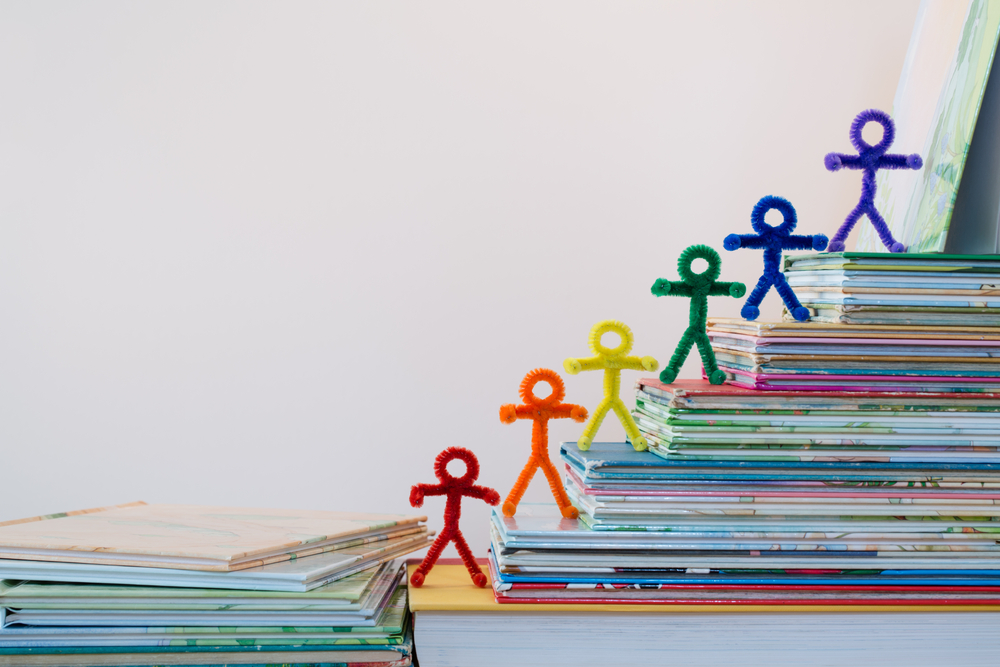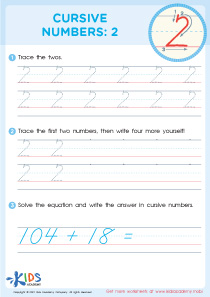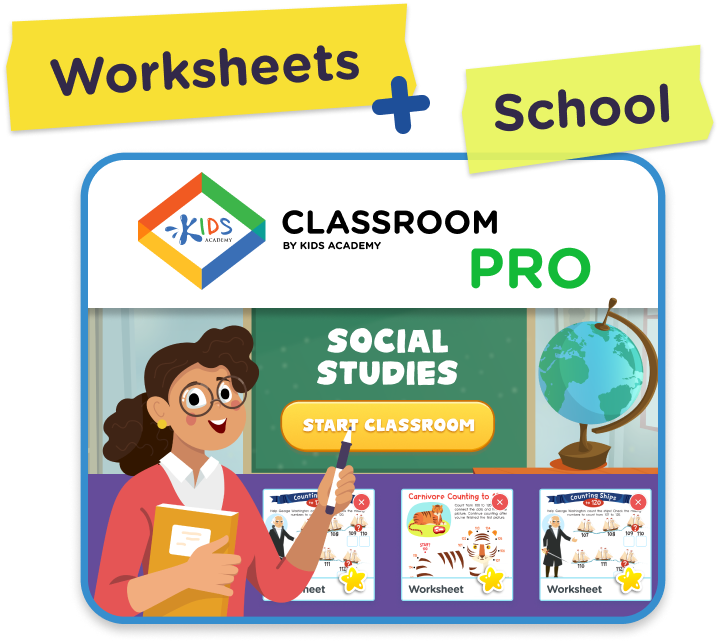Third Grade Nursery Rhymes Songs Worksheets
3 filtered results
-
From - To
Unlock the joy of learning with our "Third Grade Nursery Rhymes Songs Worksheets"! Designed specifically for third-grade students, these engaging worksheets combine the charm of classic nursery rhymes with essential literacy skills. Children will explore rhythm, rhyme, and vocabulary while enhancing their reading comprehension and writing abilities. Our comprehensive and interactive materials foster a love for poetry and song, making learning fun and memorable. Perfect for classroom activities or at-home practice, these printable resources cater to diverse learning styles. Bring the magic of nursery rhymes into your curriculum and watch students thrive in their literary journey!


Twinkle Twinkle Little Star Coloring Page


The Wheels on the Bus Coloring Page


Hickory Dickory Dock Coloring Page
Parents and teachers should pay close attention to third-grade nursery rhyme songs because they play a crucial role in early childhood literacy and language development. These songs are more than just fun melodies; they serve as powerful tools for fostering phonemic awareness, rhythm, and rhyme recognition. Understanding these elements is foundational in helping children decode words and improve their reading skills.
Moreover, nursery rhymes introduce children to new vocabulary in an engaging context, allowing them to grasp language nuances. The repetitive and rhythmic nature of these songs aids memory retention, making it easier for kids to recall words and phrases. Additionally, singing nursery rhymes promotes listening skills and encourages verbal expression, assisting children in developing communication confidence.
Beyond literacy, nursery rhymes also have social and emotional benefits. They create opportunities for bonding between parents, teachers, and children while facilitating cooperative play and interaction among peers. Through collective singing or reciting, children can enhance their collaboration and social skills. In essence, third-grade nursery rhyme songs are a significant stepping stone for holistic development, combining educational, social, and emotional growth in young learners. Therefore, it is essential that educators and parents prioritize these melodic learning tools.
 Assign to My Students
Assign to My Students















